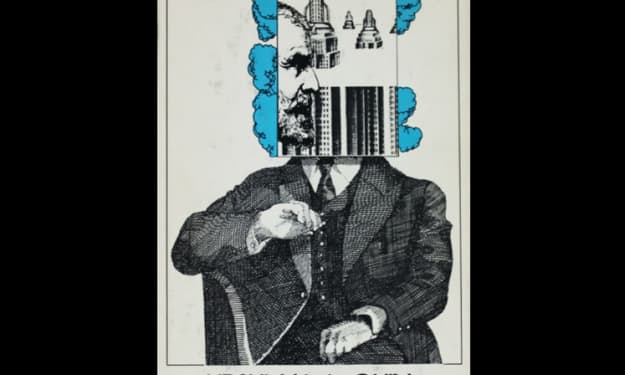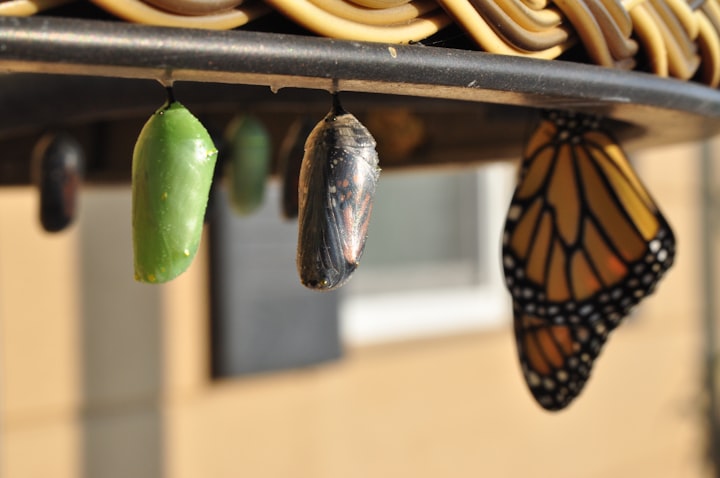'Klara and the Sun'
Review of Kazuo Ishiguro's Latest Novel

Author Kazuo Ishiguro's latest novel, Klara and The Sun, is a masterful parable on humanity—whether that humanity is flesh and blood or, in Ishiguro’s futuristic story, is found within Klara, an “Artificial Friend,” built of metal and integrated circuits. With Ishiguro’s elegant brushstrokes, the story unfolds gracefully, an intricate watercolor of translucent colors layered one upon another, until the image coalesces, revealing a tale of anguish and desperation.
But who is Kazuo Ishiguro? Born in Nagasaki, Japan on November 8, 1954, he’s the son of oceanographer, Shuzuo Ishiguro, and his wife, Shizuko. At the age of five, he and his family left Japan and moved to England, living in Guildford, Surrey. He is described as a British Asian author—raised to adulthood in England, but within a Japanese family—his feet firmly planted in each culture, allowing Ishiguro to have a perspective of life unique from his English contemporaries.
Ishiguro attended Stoughton Primary School and Woking County Grammar School in Surrey, then traveled extensively through the United States and Canada. In 1974, he attended the University of Kent at Canterbury, graduating in 1978 with a Bachelor of Arts in English and Philosophy. Afterward, he spent a year writing fiction, then studied at the University of East Anglia with Malcolm Bradbury and Angela Cartier, graduating in 1980 with a Master of Arts in Creative Writing. His thesis became his first novel, A Pale View of Hills, published in 1982. Ishiguro became a UK citizen in 1983 and was knighted in 2019 for his services to literature. Currently, Ishiguro lives in London with his wife, Lorna MacDougall and their daughter, Naomi Ishiguro, who is also pursuing a literary career.
A critically acclaimed author, Ishiguro received the Man Booker Prize in 1989 for his novel, The Remains of the Day, subsequently adapted in 1993 into a major motion-picture film of the same title, and nominated for eight Academy Awards. His 2005 novel, Never Let Me Go, was named by Time magazine as the best novel of the year. In 2017, Ishiguro won the Nobel Prize in Literature, with the Swedish Academy describing him as a writer "who, in novels of great emotional force, has uncovered the abyss beneath our illusory sense of connection with the world." And, to show the depth of his writing talent, he’s co-written multiple songs with jazz singer, Stacey Kent, including lyrics on the 2007 Grammy-nominated album, Breakfast on the Morning Tram.
Ishiguro has published nine novels, utilizing whatever genre fits his needs for a particular story. The Remains of the Day is a historical period piece—a searing and brilliant character portrait of an English butler, and the novel, Never Let Me Go, explores the ethical dilemmas of organ donation in a parallel world during the 1980s and 90s. His literary fantasy novel, The Buried Giant [2015], is a stunning and heartbreaking tale of grief and loss. Ishiguro writes in unadorned prose, shorn of device and casual metaphor, and yet he creates powerful allegorical scenes within his stories.
Klara and the Sun, the first novel he’s published since winning the Nobel Prize for Literature, was released on March 2nd, 2021, and is set in a dystopian future where specially programmed robots are sold as human companions. The story is told from the point of view of Klara, an “Artificial Friend,” opening the story as a nascent robot, innocent and “happy,” and like an infant, she observes the world from the window of the AF store. Once she is purchased for a sick girl named Josie, Klara struggles to comprehend the angst-ridden humans surrounding her and their complex relationships. In a lovely excerpt, Klara fights her way through a field of tall grass to an old barn where she believes the Sun sleeps—a symbolic passage of her struggles to navigate her chaotic world.
Excerpt from Klara and the Sun:
“One moment the grass would be soft and yielding, the ground easy to tread; then I’d cross a boundary and everything would darken, the grass would resist my pushes, and there would be strange noises around me, making me fearful that I’d made a serious miscalculation . . .”
But is Klara and the Sun a mirror reflecting our human weaknesses, or a window on our looming quandaries, as we humans, naïve gods that we’ve become, create sentient beings without understanding how these entities will truly merge into human society.
K.E. Lanning, author of THE MELT TRILOGY: A Spider Sat Beside Her, The Sting of the Bee, and Listen to the Birds.
About the Creator
K.E. Lanning
Author of commercial literary and speculative fiction. www.kelanning.com, @kelanningauthor, https://www.facebook.com/KELanning1/ https://www.instagram.com/kelanningauthor/






Comments
There are no comments for this story
Be the first to respond and start the conversation.